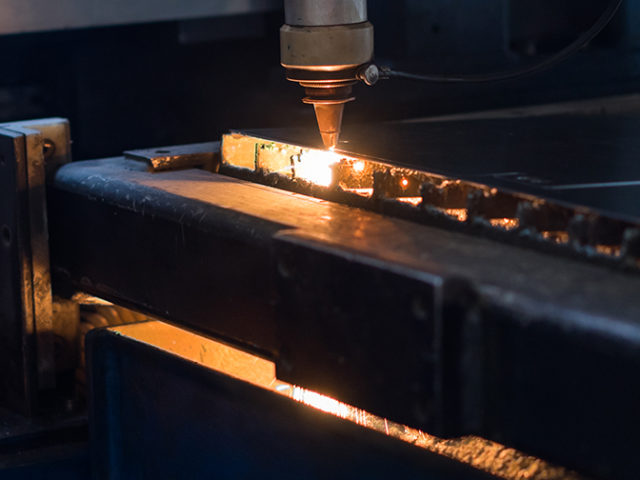Machine learning algorithms can sometimes do a better job with a little help from human expertise, at least in the field of materials science.
In many specialised areas of science, engineering and medicine, researchers are turning to machine learning algorithms to analyze data sets that have grown much too large for humans to understand. In materials science, success with this effort could accelerate the design of next-generation advanced functional materials, where development now depends on old-fashioned trial-and-error.
By themselves, however, data analytics techniques borrowed from other research areas often fail to provide the insights needed to help materials scientists and engineers choose which of many variables to adjust — and can’t account for dramatic changes such as the introduction of a new chemical compound into the process. In some complex materials such as ferroelectrics, as many as 10 different factors can affect the properties of the resulting product.
In a paper published this week in the journal NPJ Computational Materials, researchers explain how to give the machines an edge at solving the challenge by intelligently organizing the data to be analysed based on human knowledge of what factors are likely to be important and related. Known as dimensional stacking, the technique shows that human experience still has a role to play in the age of machine intelligence.
The research was sponsored by the National Science Foundation and the Defense Threat Reduction Agency, as well as the Swiss National Science Foundation. Measurements were performed, in part, at the Oak Ridge National Laboratory in Oak Ridge, Tennessee.
“When your machine accepts strings of data, it really does matter how you are putting those strings together,” said Nazanin Bassiri-Gharb, the paper’s corresponding author and a professor in the George W. Woodruff School of Mechanical Engineering at the Georgia Institute of Technology. “We must be mindful that the organisation of data before it goes to the algorithm makes a difference. If you don’t plug the information in correctly, you will get a result that isn’t necessarily correlated with the reality of the physics and chemistry that govern the materials.”
Bassiri-Gharb works on ferroelectrics, crystalline materials that exhibit spontaneous electrical polarisations switchable by an external electric field. Widely used for their piezoelectric properties — which allow electrical inputs to generate mechanical outputs, and mechanical motion to generate electrical voltages — their chemical formulas are usually complicated, including lead, manganese, niobium, oxygen, titanium, indium, bismuth and other elements.
Source: “When human expertise improves the work of machines”, John Toon, Research News, Georgia Institute of Technology




